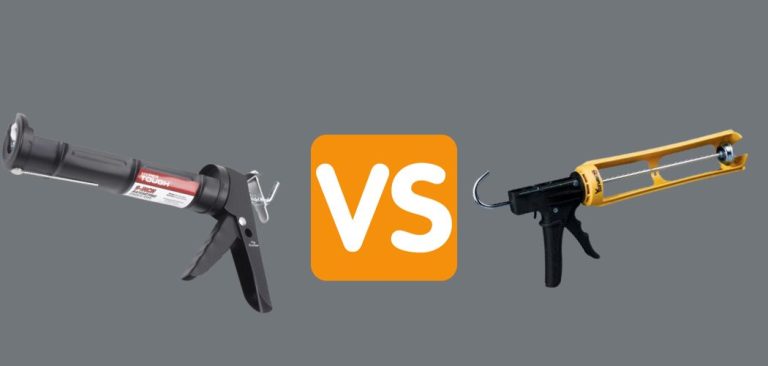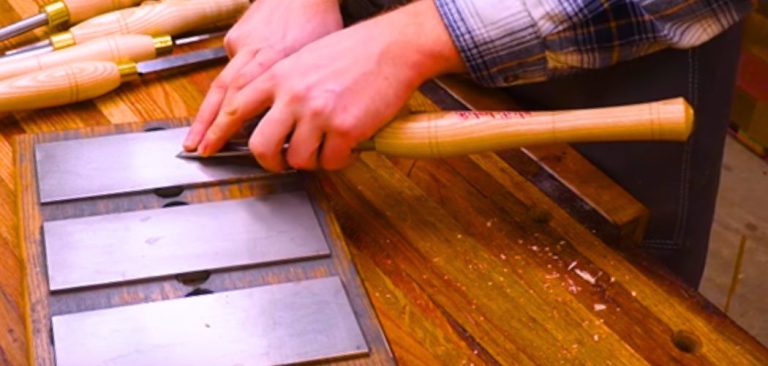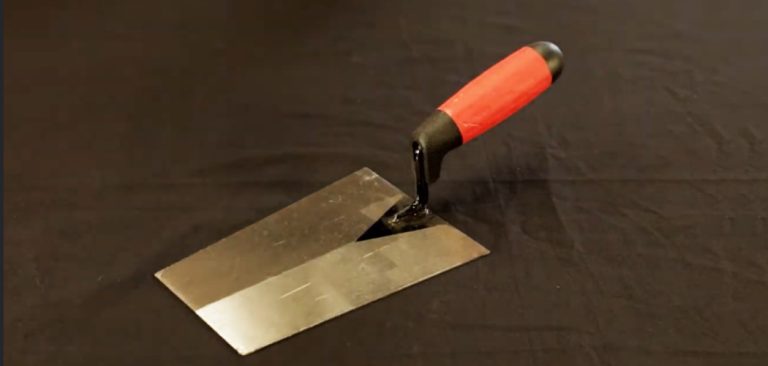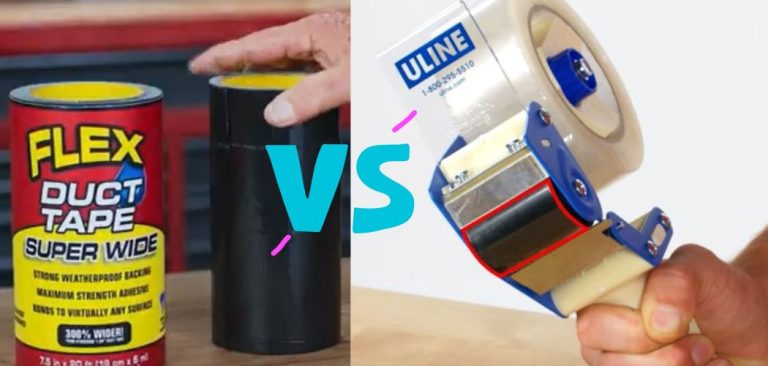The Ultimate Guide to Framing Hammers – Features, Uses, and Tips
Welcome to The Ultimate Guide to Framing Hammers! Whether you’re a seasoned professional or just starting out in carpentry, this guide will help you understand everything there is to know about framing hammers. These heavy-duty tools are designed for tough jobs like framing, building walls, or tearing down structures, and knowing how to use them properly makes all the difference.
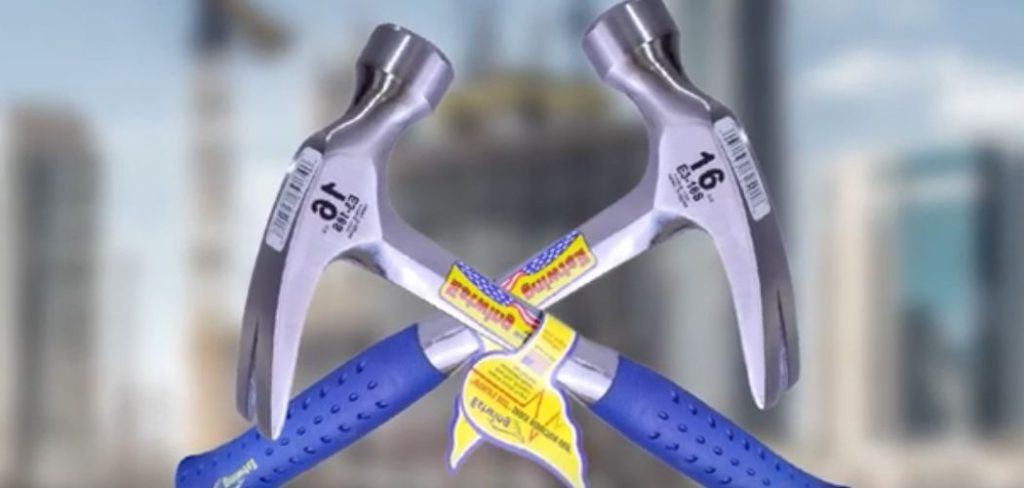
In this guide, we’ll cover the important features of a framing hammer, including its weight, handle materials, and the unique milled face that helps you drive nails with precision. We’ll also dive into the straight claw design, which gives you the leverage needed for pulling nails or prying boards.
You’ll also get practical tips on how to choose the right framing hammer for your work and how to use it like a pro. Plus, we’ll share some expert advice on maintenance so your hammer stays in top shape for years to come.
Whether you’re framing a house, putting up a deck, or simply tackling a DIY project, the right framing hammer makes the job easier, faster, and more precise. Let’s get started and make sure you’re armed with all the knowledge you need!
Why Use a Framing Hammer?
A framing hammer is an essential tool for construction or heavy-duty carpentry projects. From the question of why you would use it to the question of how you would use it, let’s address it all:
Increased Efficiency
The heavier weight (20-32 oz) and longer handle of a framing hammer provide more leverage and force, allowing you to drive large nails with fewer swings. This is essential for framing structures like walls and decks.
Precision
The milled face (textured surface) provides a better grip on the nail, reducing the risk of slippage and making it easier to hit nails squarely on the head, even in tough wood.
Versatility
The straight claw design makes it not only ideal for driving nails but also for pulling nails, prying boards, and other demolition tasks. This multifunctional feature makes it a great all-around tool for framing and other heavy tasks.
Comfort and Control
With a longer handle and shock-absorbing features, a framing hammer reduces hand and arm fatigue during extended use, making it more comfortable for professionals and DIYers alike.
How to Choose the Right Framing Hammer
Choosing the right framing hammer is crucial for efficiency, comfort, and safety in your work. Here’s a guide to help you select the best one based on your needs:
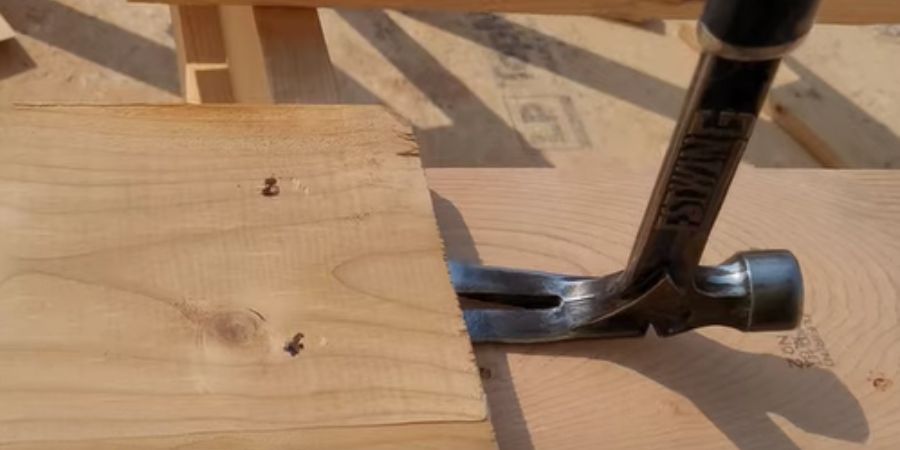
Weight of the Hammer
Lighter Hammers (12-16 oz): Ideal for extended use, these are less fatiguing but still powerful enough for most framing tasks. Titanium heads are commonly in this weight range.
Heavier Hammers (20-32 oz): These provide more force per swing, which is beneficial for driving large nails into tough materials. Steel hammers are typically heavier and better suited for heavy-duty work.
Handle Material
Wood: Traditional and offers a good balance of strength and comfort but absorbs shock less effectively.
Fiberglass: Strong, durable, and excellent at absorbing shock, reducing hand fatigue during repetitive tasks.
Steel: Very durable but tends to transmit more shock, so it might be less comfortable for long use.
Claw Design
Straight Claw: Perfect for prying, pulling nails, and demolition work, making it ideal for framing tasks. It offers better leverage and control compared to a curved claw.
Curved Claw: Suited for general use and nail removal from finished projects, but less efficient for heavy framing work.
Face Type
Milled (Textured) Face: Helps to grip nails better, reducing the risk of slipping and improving accuracy when striking. Best for framing, where precision is needed.
Smooth Face: Ideal for finish carpentry where surface appearance matters but not recommended for framing due to less traction on nails.
Shock Absorption
Look for a hammer with a shock-absorbing feature or vibration-reducing design. Some fiberglass or rubberized handles come with these built-in features, which can make a big difference in comfort during long, repetitive tasks.
Handle Length
A typical framing hammer has a handle length of 16 to 18 inches, offering good leverage and control. Longer handles provide more power per swing, but shorter handles might be more manageable for some users.
Magnetic Nail Starter
Some framing hammers feature a magnetic nail starter at the end of the hammerhead, which helps hold the nail in place while you line up your shot. This is especially useful for one-handed operation when framing or working in tight spaces.
How to Use a Framing Hammer? Like a Pro!
Using a framing hammer like a pro requires a combination of technique, control, and precision. Start by ensuring you have the right grip: hold the hammer’s handle about halfway for maximum control and power.
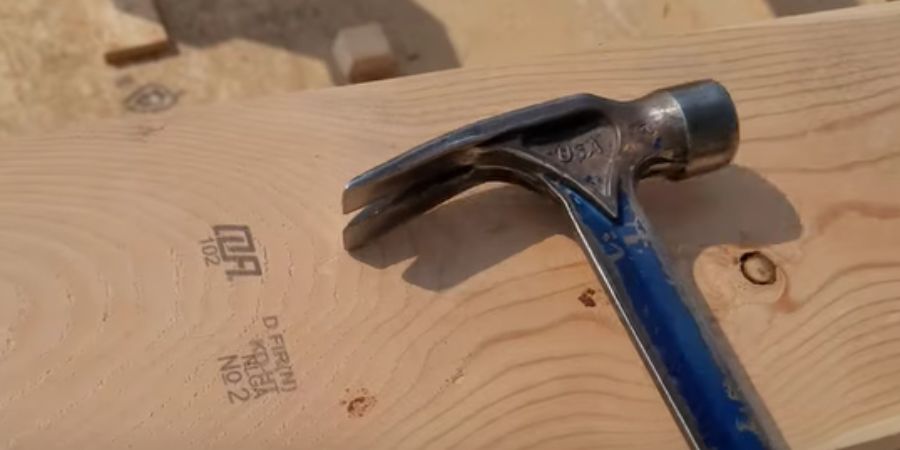
The key to effective swinging is maintaining a relaxed yet firm grip, allowing the hammer to transfer its full weight into the strike without unnecessary tension. As you swing, focus on a smooth, controlled motion, using your arm and shoulder to generate force rather than relying solely on your wrist. This technique minimizes fatigue and maximizes the hammer’s impact.
When driving nails, aim for the center of the nail head with a precise strike. A milled face on your hammer will help grip the nail, reducing the likelihood of slipping. For larger framing nails, use the hammer’s weight to your advantage: let the hammer’s inertia do the work, driving nails deep with fewer swings. Proper body positioning is also critical—stand with your feet shoulder-width apart and your body aligned with the swing to maintain balance and prevent strain.
Additionally, use the straight claw to its full potential. The straight design excels at prying nails and lifting boards with greater leverage, allowing for quicker demolition or adjustments during framing. Over time, consistency and proper form will make your hammering faster and more accurate, setting you up for professional-level results.
What is the Common Mistake of Using a Framing Hammer?
When using a framing hammer, avoiding common mistakes is crucial to ensure both safety and efficiency. I have provided these mistakes , please avoid my framing hammer using friends.
Gripping the Hammer Too Tightly
One of the most frequent mistakes is gripping the handle too tightly, which can lead to hand fatigue and reduced control. A tight grip transfers more shock into your hand and arm, making it harder to maintain consistent strikes. Hold the hammer firmly but with a relaxed grip, keeping your hand around the middle of the handle. This allows for a smoother swing and better shock absorption.
Inaccurate Nail Strikes
Striking the nail head off-center is a common issue, often caused by rushing or poor aim. While a milled face can help reduce slippage, you still need to focus on hitting the nail squarely. To improve accuracy, ensure the hammer face is flat against the nail before swinging. Practice aiming for the center of the nail and maintaining consistent follow-through for more precise hits.
Over-Swinging
Over-swinging can lead to unnecessary strain and diminished control over the hammer. This is especially true with heavy steel-head hammers, where excessive force can cause injury or fatigue. Instead of relying on sheer power, let the hammer’s weight do the work. Focus on controlled, steady swings that use the hammer’s inertia to drive the nail into the wood with minimal effort.
Using the Claw for the Wrong Purpose
The straight claw of a framing hammer is designed for prying and pulling nails, not for striking nails. Many users mistakenly try to use the claw side for driving nails, which can damage the claw and reduce its effectiveness. Always use the flat face for driving nails and reserve the claw for pulling or prying tasks.
Incorrect Stance and Body Alignment
Improper stance while swinging can lead to poor accuracy and injury. Avoid standing too close to the work or at an awkward angle. Stand with your feet shoulder-width apart, knees slightly bent, and align your body with the swing to maintain balance. This helps reduce strain on your back and shoulders and allows for a more controlled, powerful strike.
Neglecting Safety Gear
Neglecting basic safety measures can lead to accidents. Always wear safety glasses to protect your eyes from flying debris, and consider wearing work gloves to provide a better grip and protect your hands from blisters or impacts. Additionally, ensure the hammer is in good condition with no loose parts or damaged handles to prevent accidents.
Using the Wrong Hammer for the Job
Not all framing hammers are created equal, and choosing the wrong one can lead to inefficiency or injury. For instance, using a lightweight hammer (under 16 oz) for heavy framing tasks will require more swings, while using a very heavy hammer (over 32 oz) can cause unnecessary strain. Always choose a hammer with the right weight, handle length, and head design for the type of work you’re doing.
By recognizing these common mistakes and addressing them, you can improve both your technique and your safety, ensuring that your framing work is efficient, precise, and professional.
FAQs
What is the Ideal Weight for a Framing Hammer?
The ideal weight for a framing hammer is between 20 to 32 ounces, offering a balance of power and control for driving large nails into tough materials. Lighter hammers (20 oz) are easier to handle, while heavier ones (28-32 oz) provide more force for demanding tasks.
Can a Framing Hammer Replace a General-purpose Hammer?
Yes, a framing hammer can replace a general-purpose hammer for heavy tasks like framing and demolition. However, it is less suitable for finer tasks or precision work, where a lighter general-purpose hammer is preferable due to its better control and maneuverability for smaller nails.
How Does a Milled Face Improve Performance?
A milled face improves performance by reducing slippage when striking nails. The textured surface provides better grip, ensuring more precise strikes and reducing the risk of missing or bending the nail, especially in tougher materials like wood.
Are Titanium Hammers Worth the Investment?
Titanium hammers are worth the investment if you want a lighter weight and better shock absorption. They reduce fatigue and are ideal for extended use, though they are more expensive than steel hammers. They are great for professionals or anyone needing a lightweight, comfortable tool for framing tasks.
Conclusion
I have described this article on framing hammer uses from my own experience of using framing hammer. If you have any different opinions, please comment below.
Read also:



